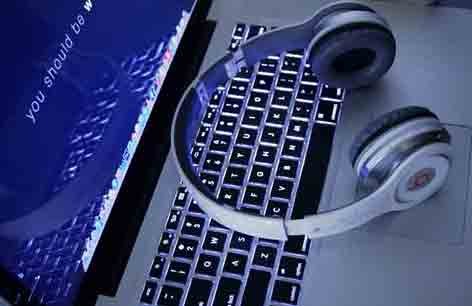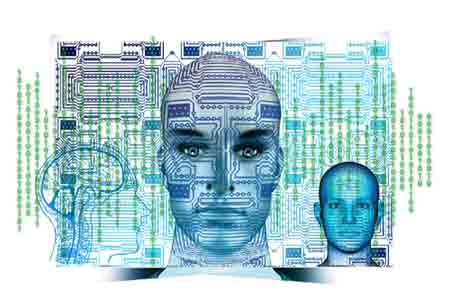What Are Biometrics and How Are They Used?

Technology has taken over our lives in many ways, including how we keep our identity and finances safe. With this in mind, security breaches and personal information misuse are considerable concerns, and the internet has become a breeding ground for criminals who want to steal personal information. To ensure security and privacy, new technologies are constantly being developed to strengthen our defense. Additionally, these new systems simplify everyday processes and make our lives easier. Biometrics is one of the leading-edge technologies used for security purposes, serving as a useful tool for people and businesses. This article will discuss biometric security and how it works.
What is Biometrics
Biometrics is a technology that uses biological characteristics to verify an individual’s identity. These characteristics include fingerprints, eye retinas, voice patterns, and signatures. Biometric systems are based on the fact that each living being is unique. No two people have the same fingerprint or voice pattern. These factors act as individual identifiers to help safeguard systems from unauthorized access. Biometrics provides security between devices, networks, applications, and the outside world.
How Biometric Systems Work
Data is captured in different ways, depending on the technology and the type of system being used. These include camera photos, captured finger images, and footprints collected with special equipment. In most cases, the data is then entered into a central database. These databases are often connected via the internet so that users can access them from any computer or mobile device.
The systems then use mathematical algorithms to convert the images, fingerprints, and voice patterns into digital representations. The data is then compared with a stored fingerprint/image/voice pattern to verify authenticity. After the person’s identity is confirmed, the system will automatically allow access.
Types of Biometric Systems
There are several types of biometric systems. They include voice recognition, fingerprint scanning, facial recognition, iris recognition, heart-rate sensors, smart cards, and optical character recognition. Each method has unique qualities and is used in various applications. Businesses can choose the best system for their needs and tailor it to meet the specific needs of their customers. Something often integrated into the systems to maximize efficiency.
Applications of Biometric Systems
Banks are constantly trying to find ways to protect their valuable data from hackers and thieves. Using fingerprint security systems enables them to limit access to accounts and safeguard customers’ private financial information. Major credit card companies are using voice recognition software on their cards. This allows customers to identify themselves when making purchases over the phone or online. Access control in institutions, such as schools, hospitals, and restaurants, can also be done using biometrics. These systems are used to verify the identity of people and prevent unauthorized access.
Biometrics are also used for law enforcement and military applications. The devices are used to identify suspects and prisoners. Fingerprint scanners are placed on handcuffs so that police can track convicted criminals. Law enforcement officials use the same technology to search for suspects and missing people. Biometrics is being used more each day as a personal identification tool. The technology is improving, making it more versatile, accurate, and reliable. Biometric systems will continue to grow in popularity as they provide a level of security that was never possible.
Why Use Biometrics
Biometrics can be a crucial aspect of personal security. It offers a level of protection that can’t be achieved with another type of security system. The systems are often embedded in devices and software, making them secure, convenient, affordable, and easy to use. The facial recognition time clock is a great example. Instead of using an ID badge to clock into work, employees scan their faces. The system will automatically make a time card for the employee and print it out. Employees would clock out using the same easy process.
Biometric systems also do not require a PIN. This eliminates the possibility of someone forgetting their security log-in information. The systems can also be customized to meet other specific security needs. Small business owners can use the systems to limit access to sensitive data stored in their accounting systems. A security firm can use the same biometric technologies to ensure that only essential personnel can access data and material necessary for work.
Conclusion
Biometric solutions can simplify processes and make life easier, all while keeping sensitive information secure and protecting private data or valuable business information. As the world continues adapting to this technological age, better security systems will remain essential to keeping people and companies safe.






